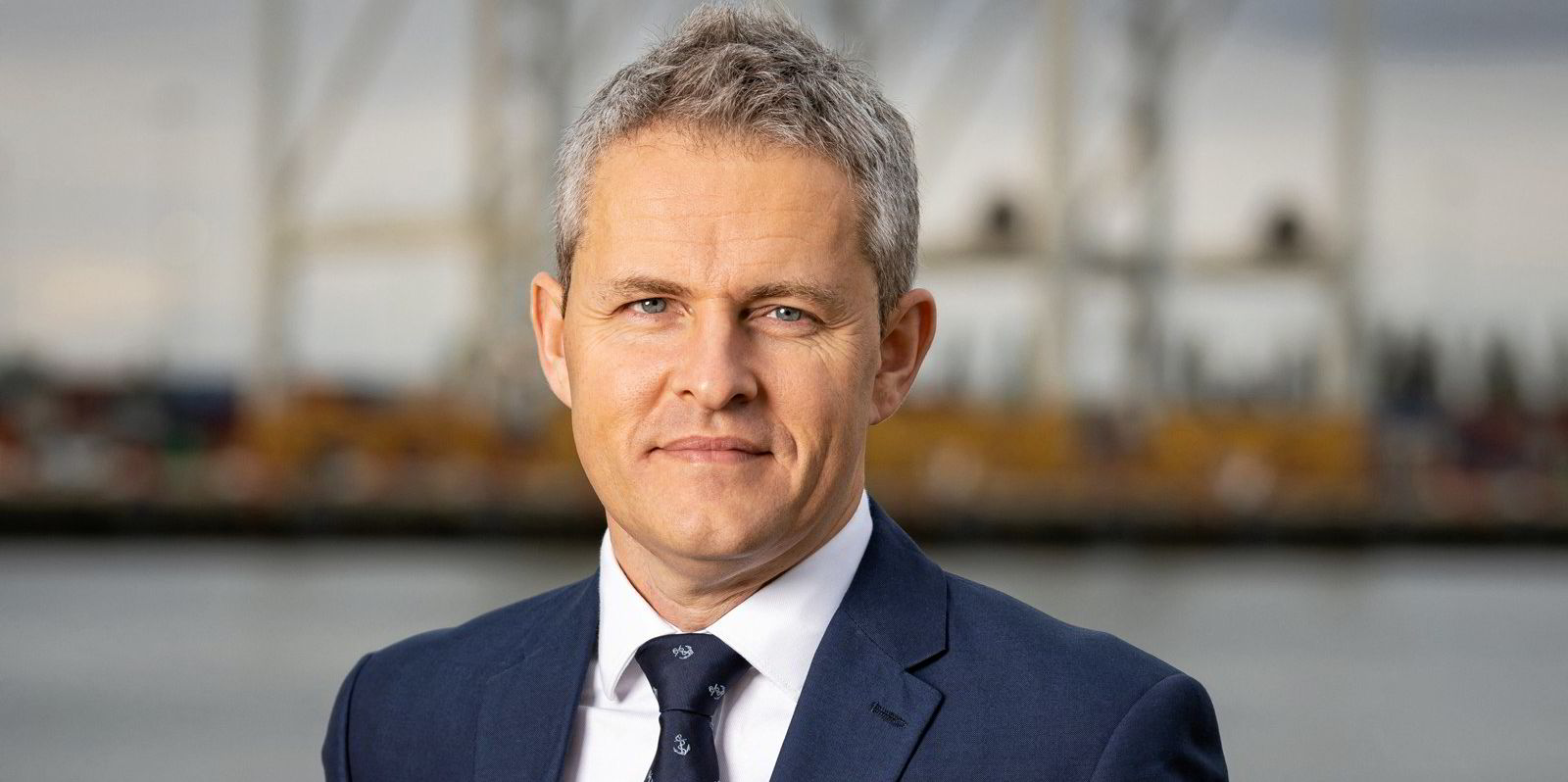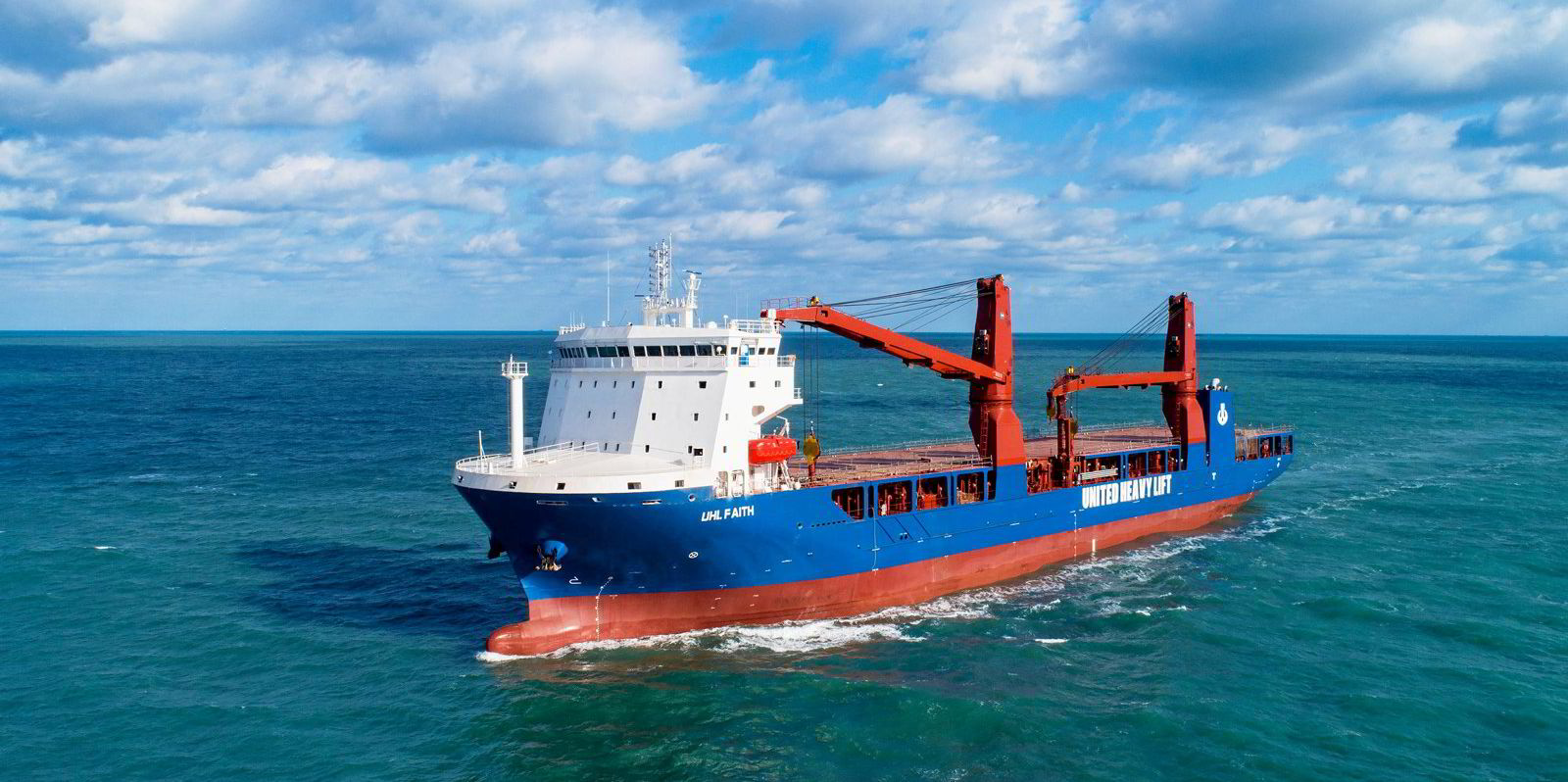Liner operators are committing to longer charters in what marks a paradigm shift in the charter market.
Israeli operator Zim has emerged as one of the more active players having chartered in a batch of traditional and post-panamax containerships in recent days on two-year and three-year periods.
Zim has taken the 5,071-teu wide-beam Seadream (built 2014) from Greek owner Thenamaris for between 30 and 34 months at $35,000 per day, according to brokers.
This compares with a rate of $10,300 per day that Japanese operator Ocean Network Express paid for the vessel in June on a flexible three-month to eight-month fixture.
Similarly, Zim is taking the 4,258-teu traditional panamax boxship Volans (built 2010) for three years at $24,500 per day, brokers said.
Eight months ago, the Israeli carrier chartered the Costamare-controlled vessel for just $7,000 per day on a flexible fixture of between two and 12 months.
Tonnage providers see the growing number of long-term fixtures as contrasting starkly with the short and flexible fixtures that have characterised the container shipping market in recent years.
Enduring bull run
The fixtures are the latest to contribute to an enduring eight-month bull run in container charter market.
This rally is showing no sign of ending. Brokers report that fixing activity remained unusually resilient through the Lunar New Year holidays when the charter market normally cools.
Demand for tonnage has pushed rates higher, and there is talk of tonnage being fixed several months in advance and into 2022.
“It’s taken a lot of people by surprise,” said James Buck, chief executive of Songa Container, whose fleet of 14 boxships of between 1,000 teu and 4,250 teu are reaping the benefits of the rise in the market.
“Charterers are trying to get their heads around yesterday’s rate and find that tomorrow’s rate is even higher. They’re having to react very quickly now,” Buck said.
“Hesitation in the market costs more money tomorrow.”
The strength of demand is reflected in the ascent of the New ConTex index, which benchmarks charter rates for container vessels of 1,100 teu to 6,500 teu.
The index stands at 459 points, up 113% in the past 12 months.
The rise has been fuelled by “constantly increasing demand for tonnage, lack of available vessels regardless of size, and a market which is increasingly optimistic by the day, if not by the hour”, according to the weekly New ConTex commentary.
“Owners have finally the luxury to choose orders without any stress and at their own time,” it added. “Something that would have been unthinkable 10 months ago.”
Paradigm shift

Tonnage providers are increasingly confident that the market fundamentals mark a new era for the container shipping market. Buck argues that even if the market corrects, it is likely to settle at “a healthier, higher level”.
A cocktail of factors, including the lack of newbuildings on order for small to midsize vessels, the speed at which some liners were acquiring tonnage and the prevalence of longer periods, had changed the character of the charter market, he said.
I think we’ve got some protection for the next two or three years. We should be operating in a much more stable environment
James Buck, Songa Container CEO
“I think we’ve got some protection for the next two or three years," Buck said. "We should be operating in a much more stable environment.”
The new market dynamics are costly for operators such as Zim, which is focusing on an “asset-light” operating model.
However, for the moment, the booming freight market makes it possible for liner operators to pay the high charter rates.
Zim has also taken other ships for longer periods in recent days.
These include the Danaos-controlled, 6,402-teu Performance (built 2002), which has been taken for three years at $35,000 per day with delivery in June.
Gold Star Line — Zim’s affiliate feeder company — is reportedly paying Global Ship Lease about $24,500 per day for the 5936-teu Ian H (built 2000) for a three-year charter.
Pent-up volumes
There also appears little sign of the market boom ending soon.
Shipbroker Clarksons cites unlocked pent-up volumes, inventory restocking and shifts in consumer activity towards goods as continuing to support trade.
“All this led to quickly dwindling tonnage availability, especially in the larger sectors with vessels in the later months of the year already attracting attention in some cases,” the broker said.
“With freight still riding high, any reversal of the market’s current trajectory seems a long way off.”





